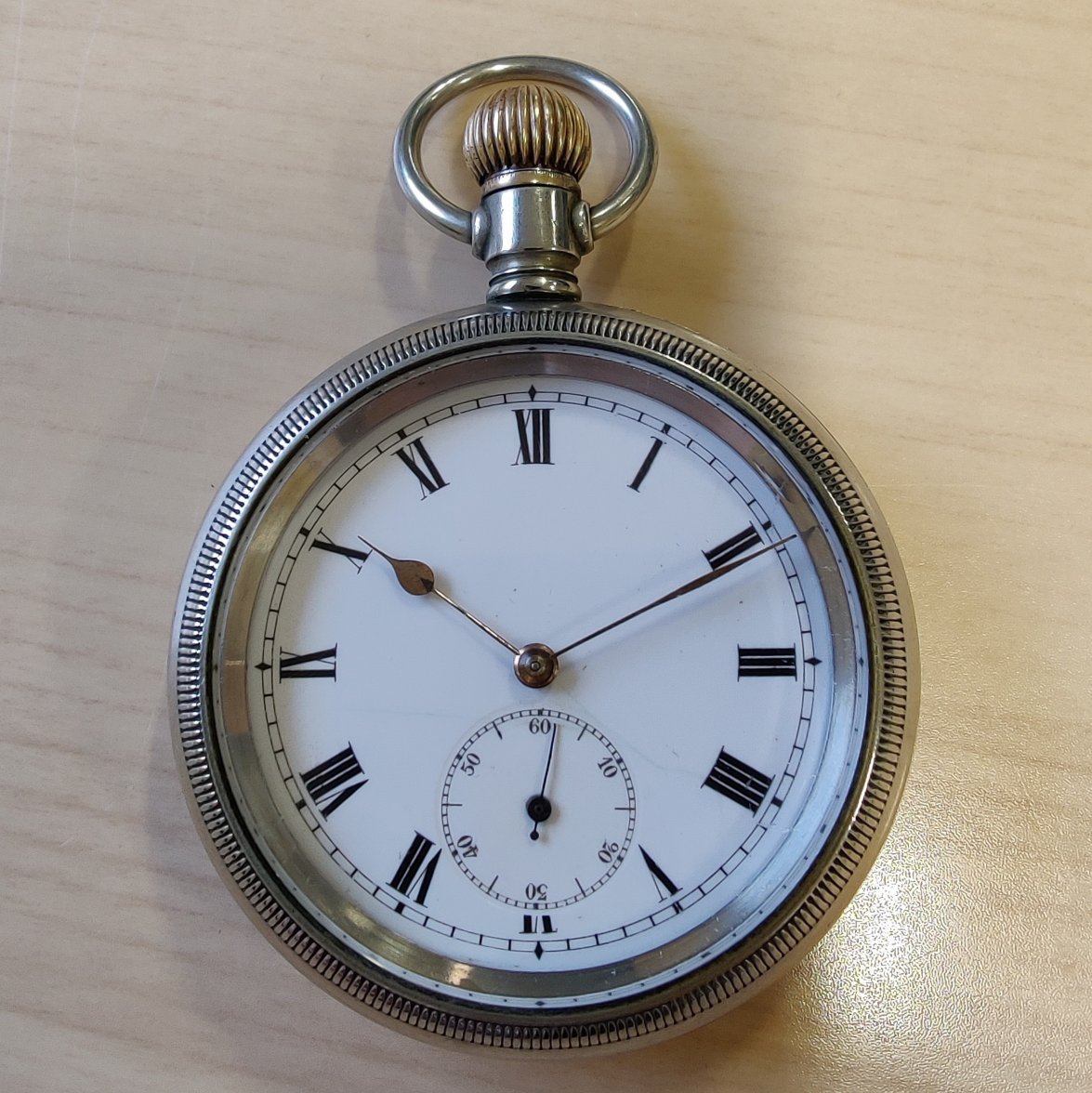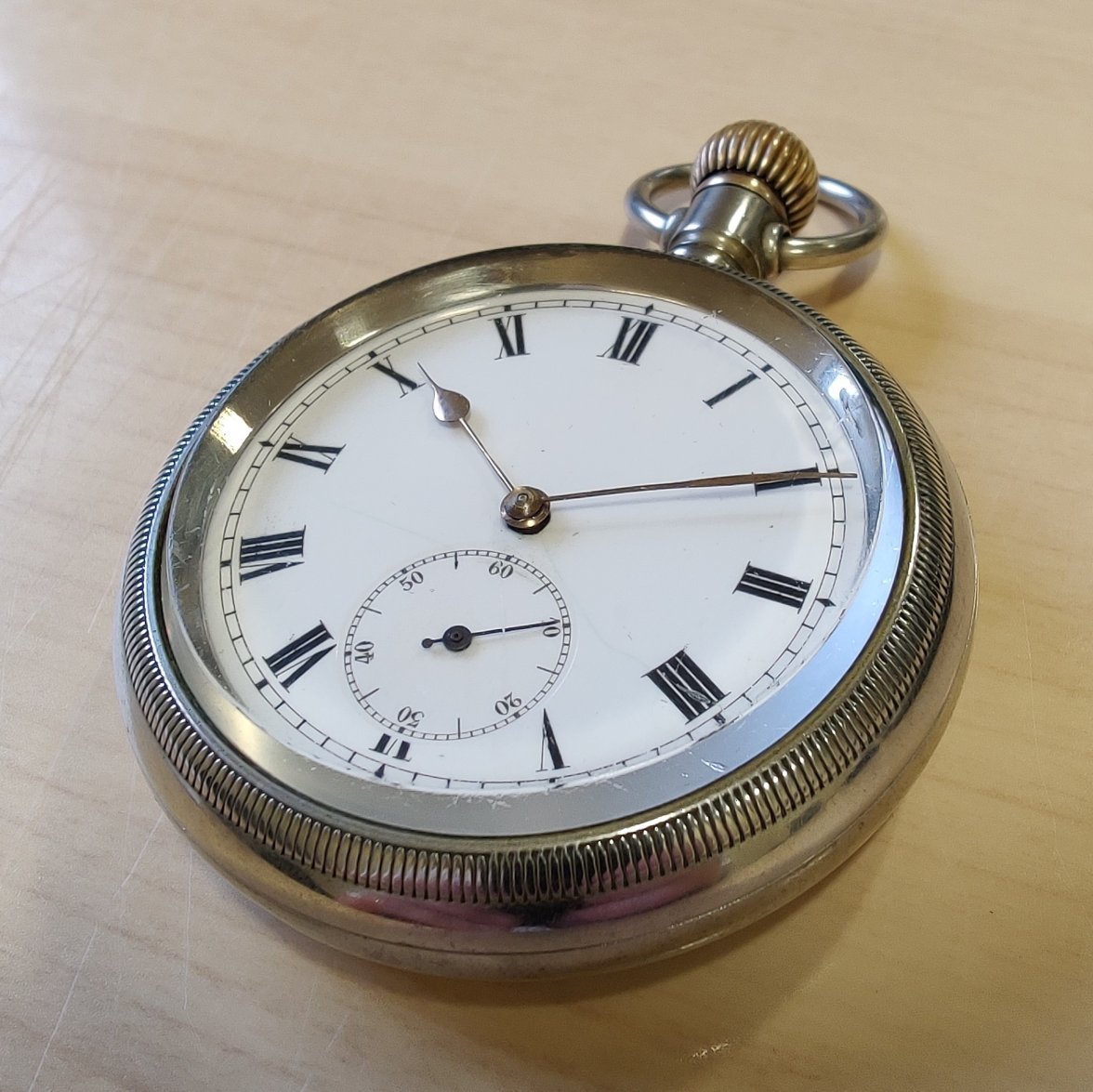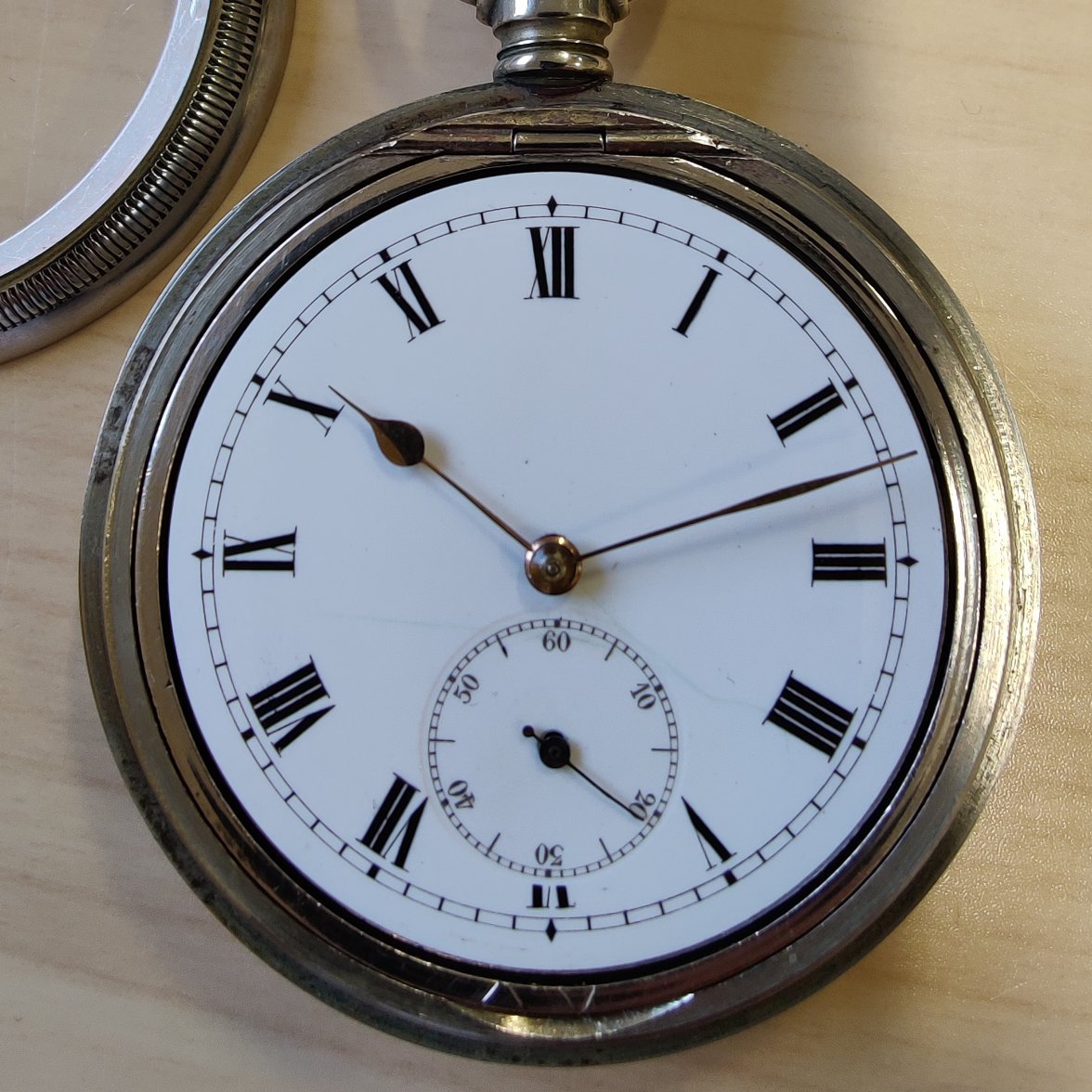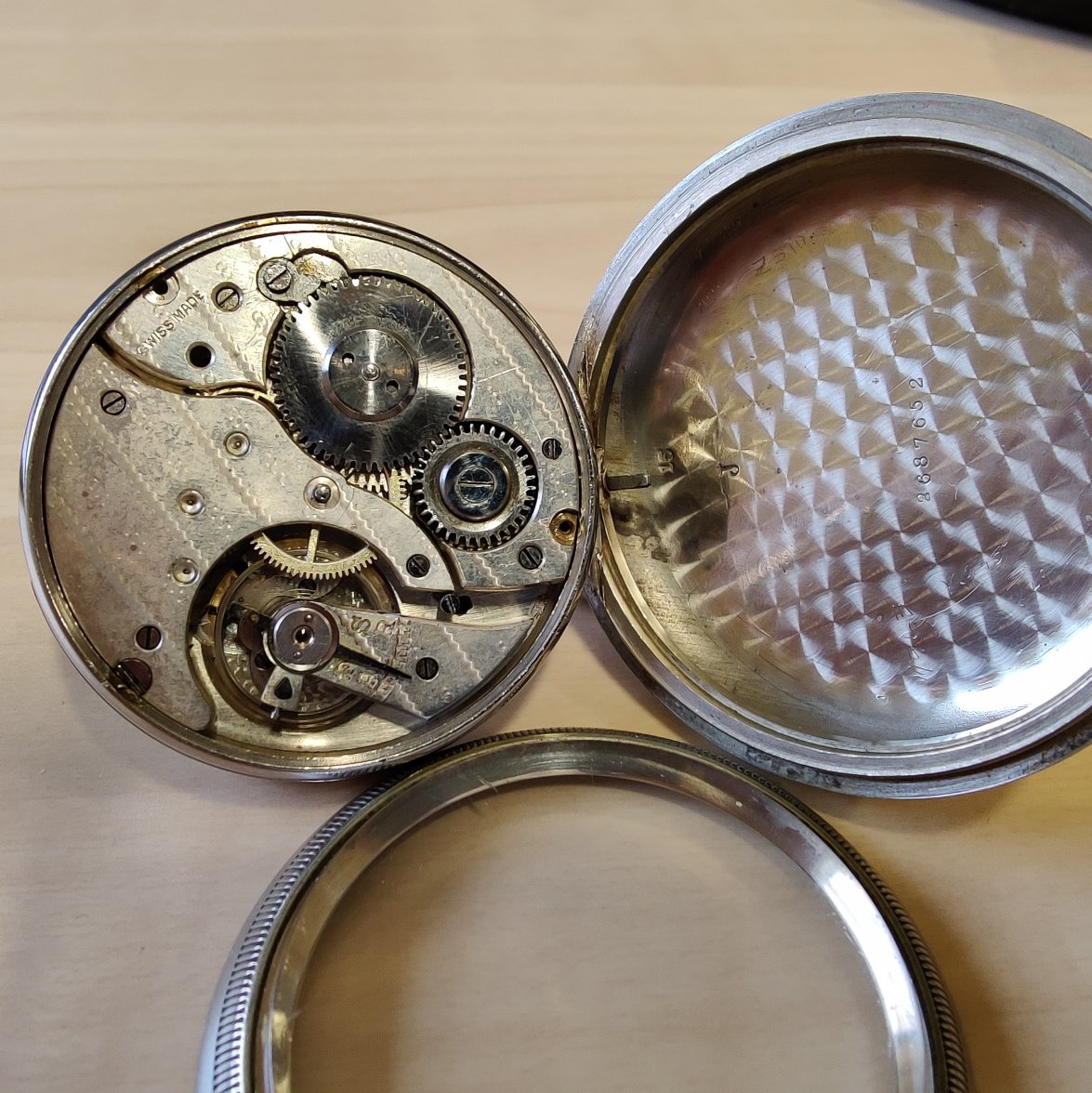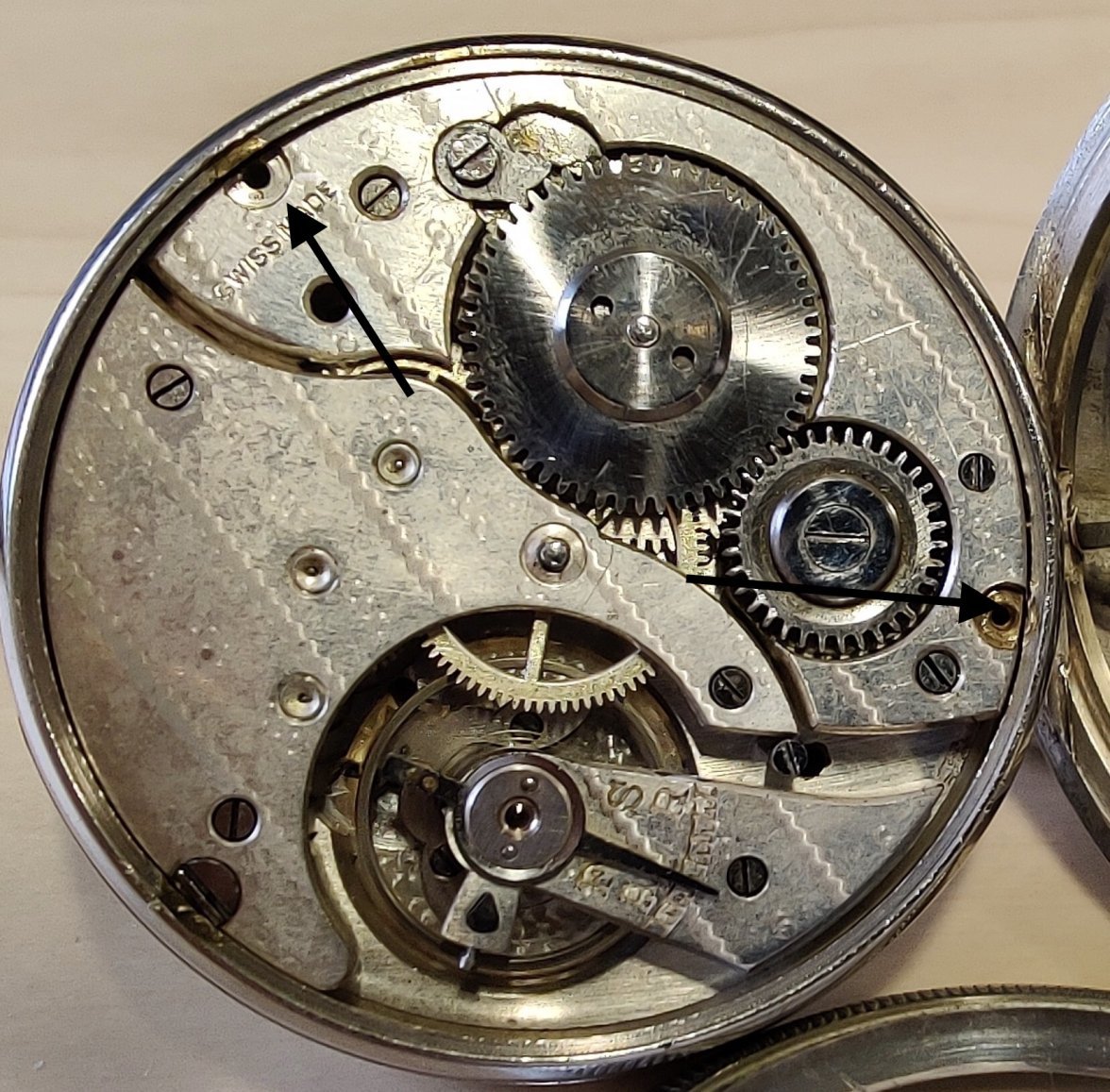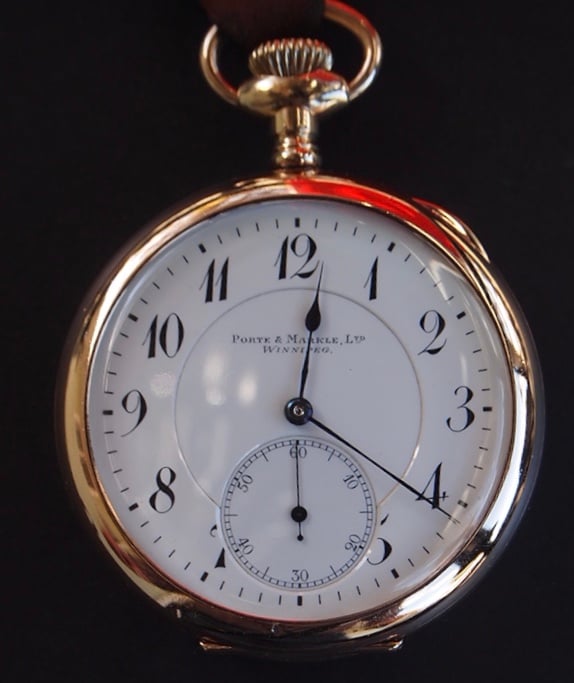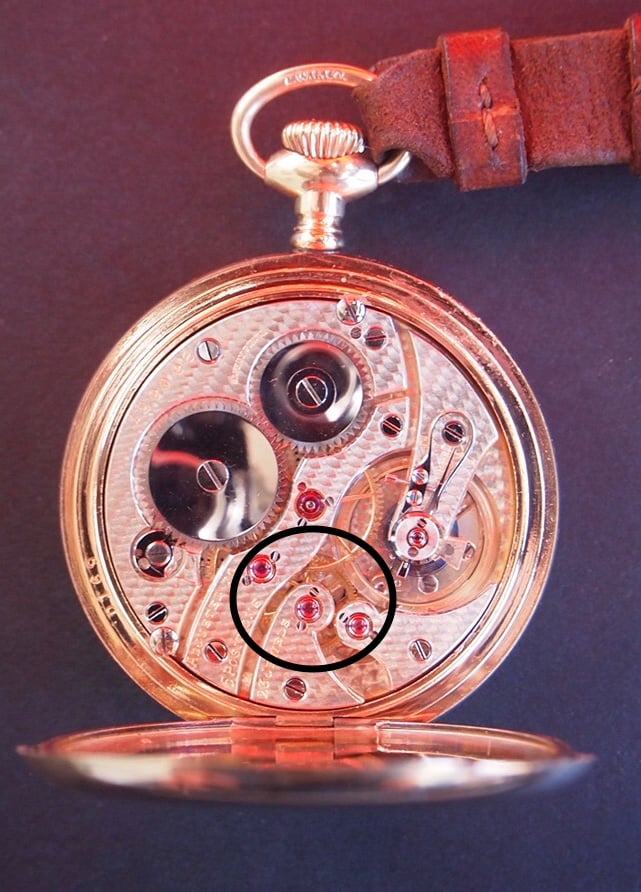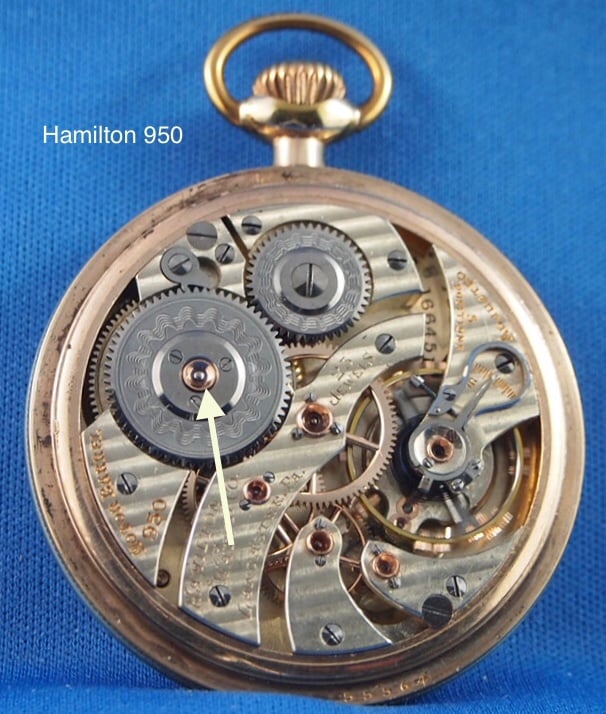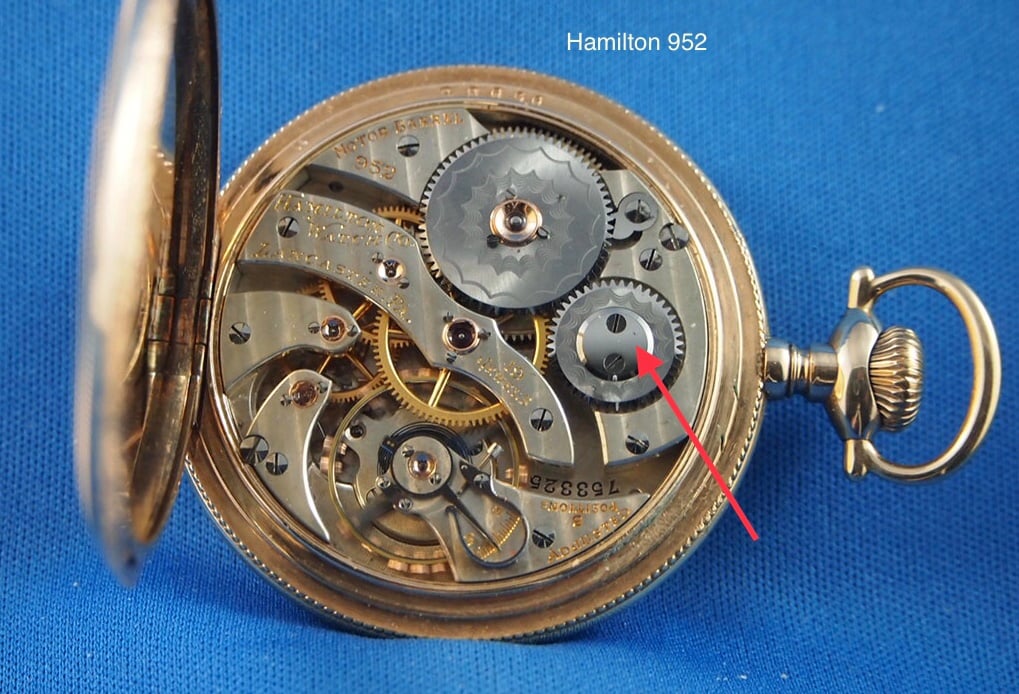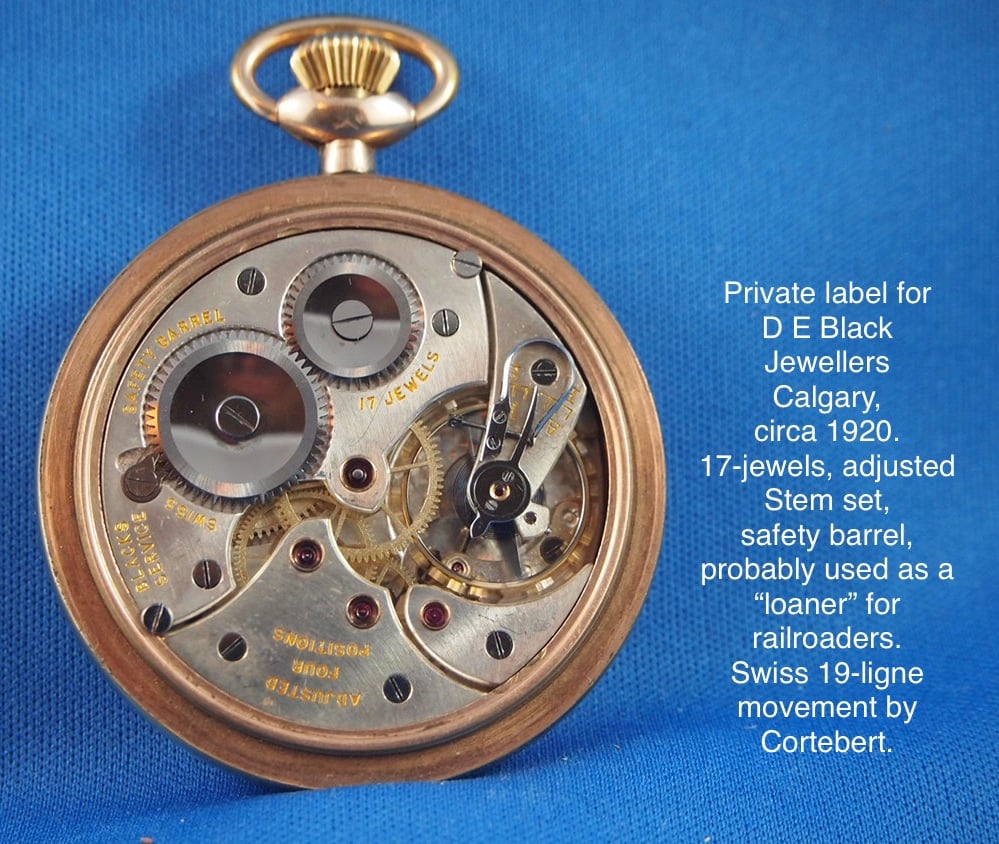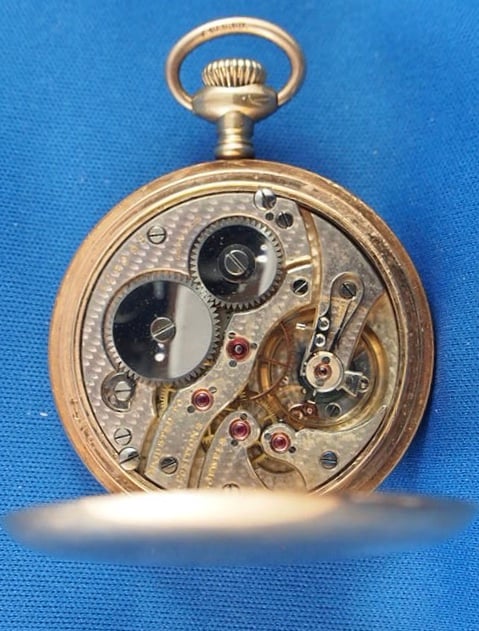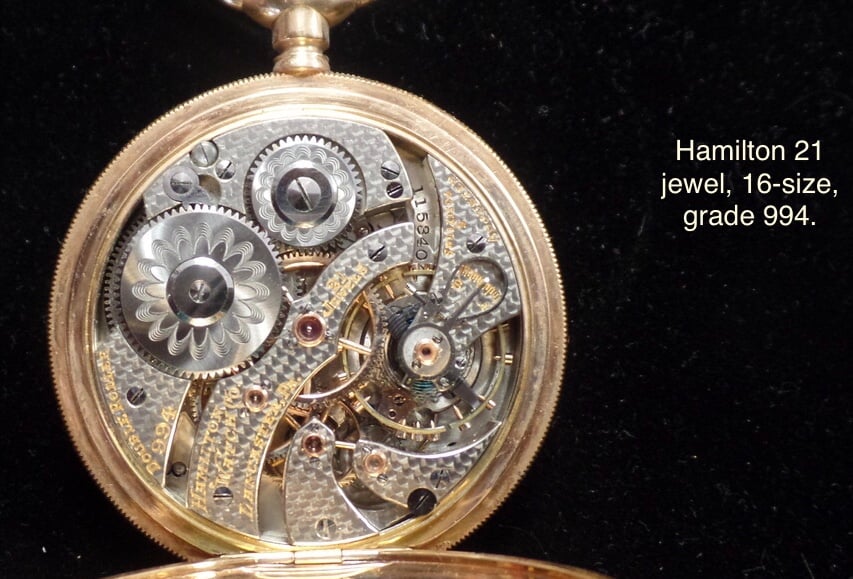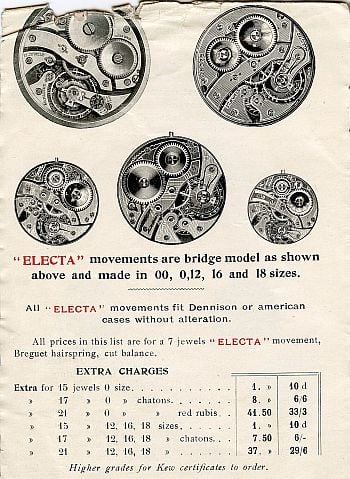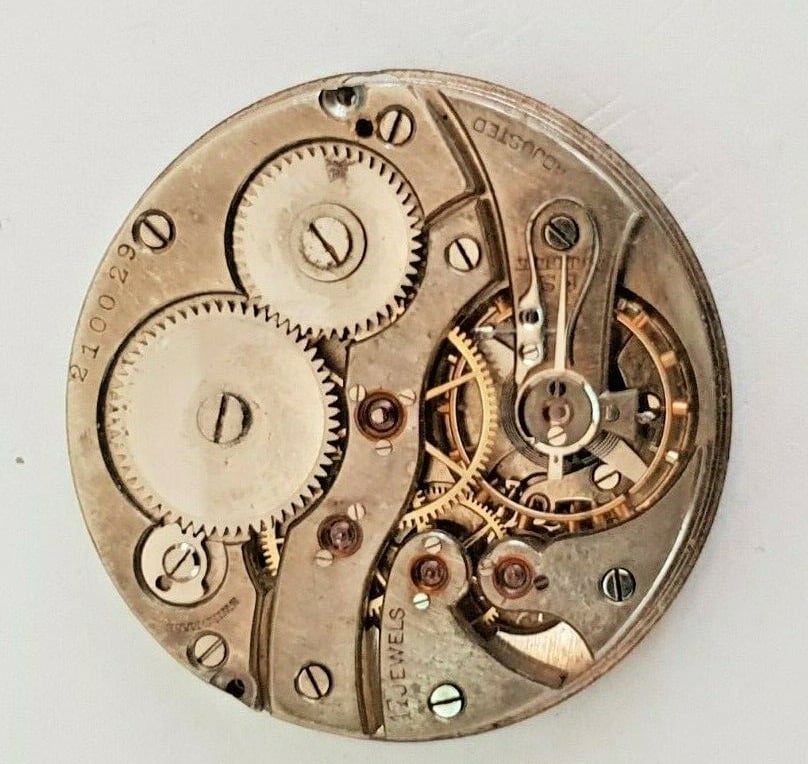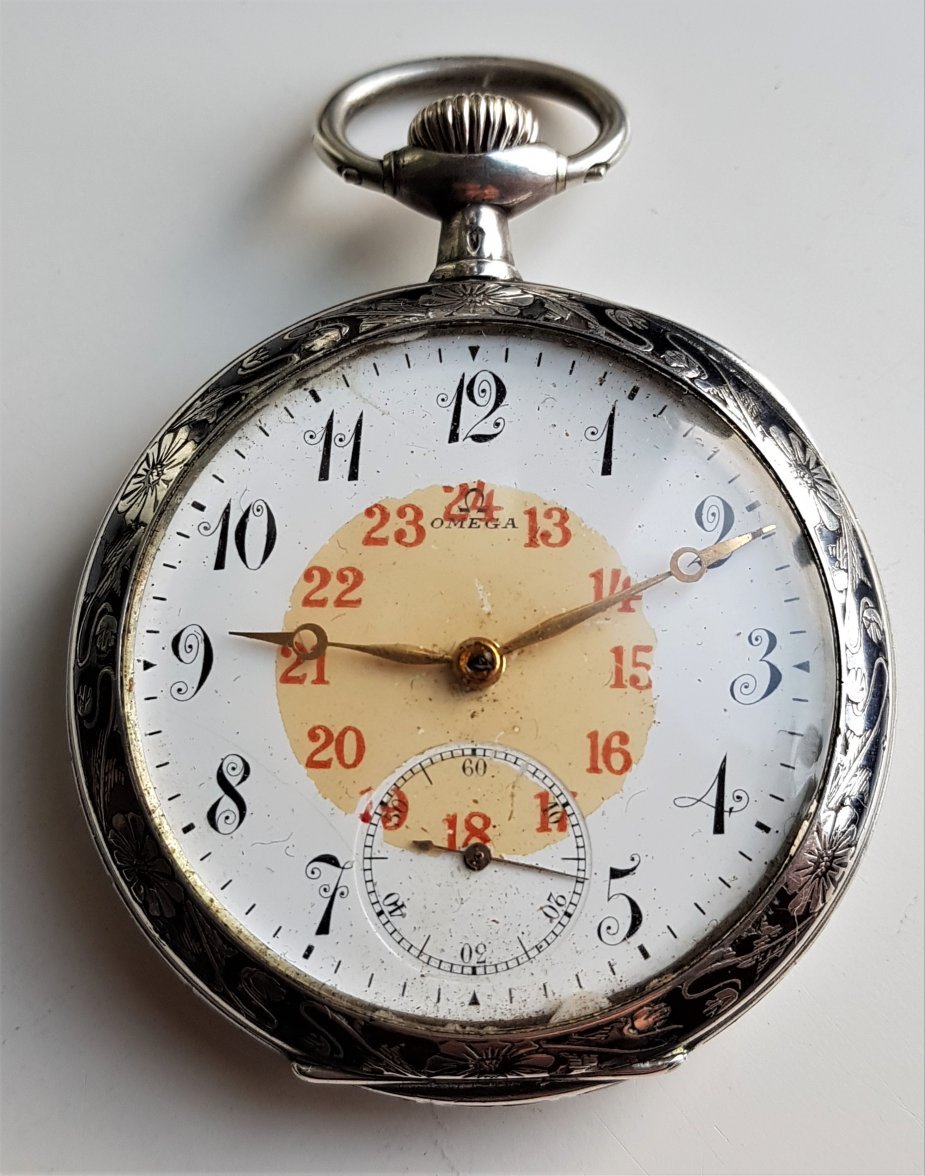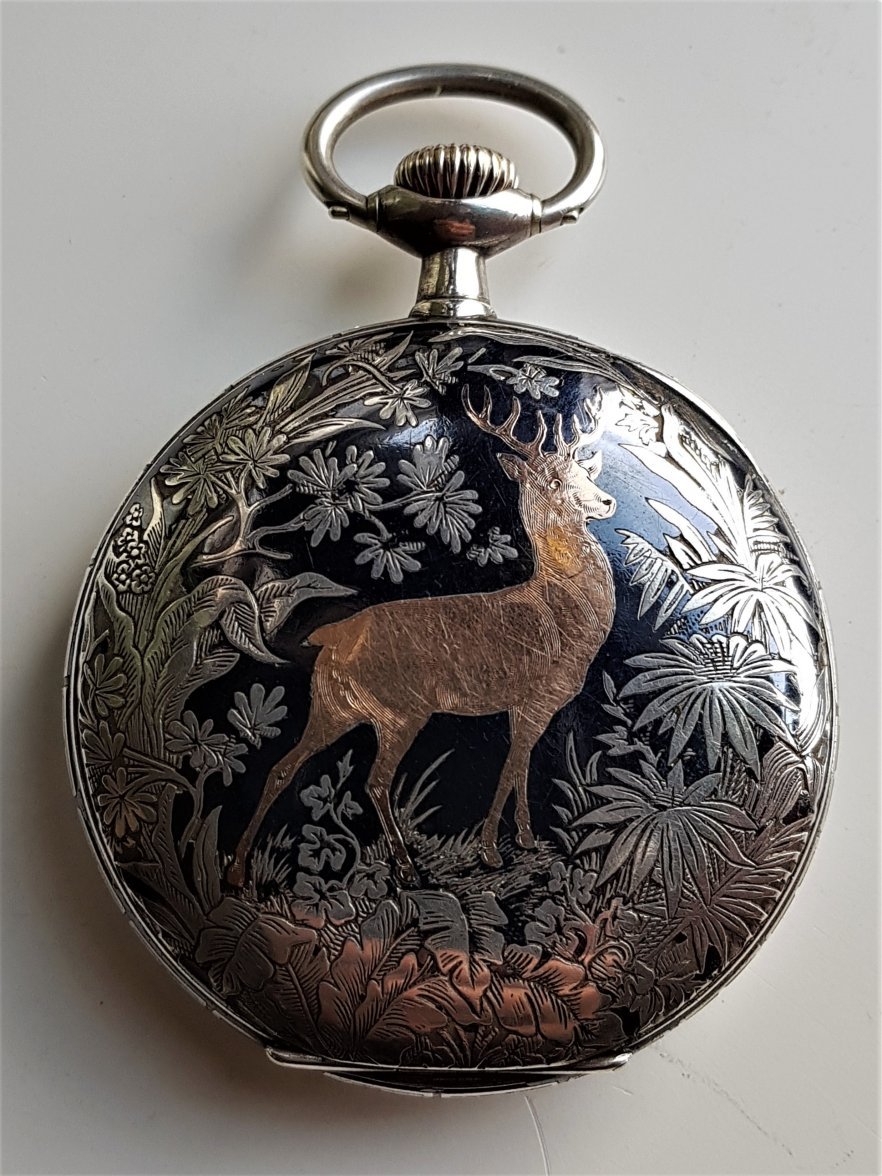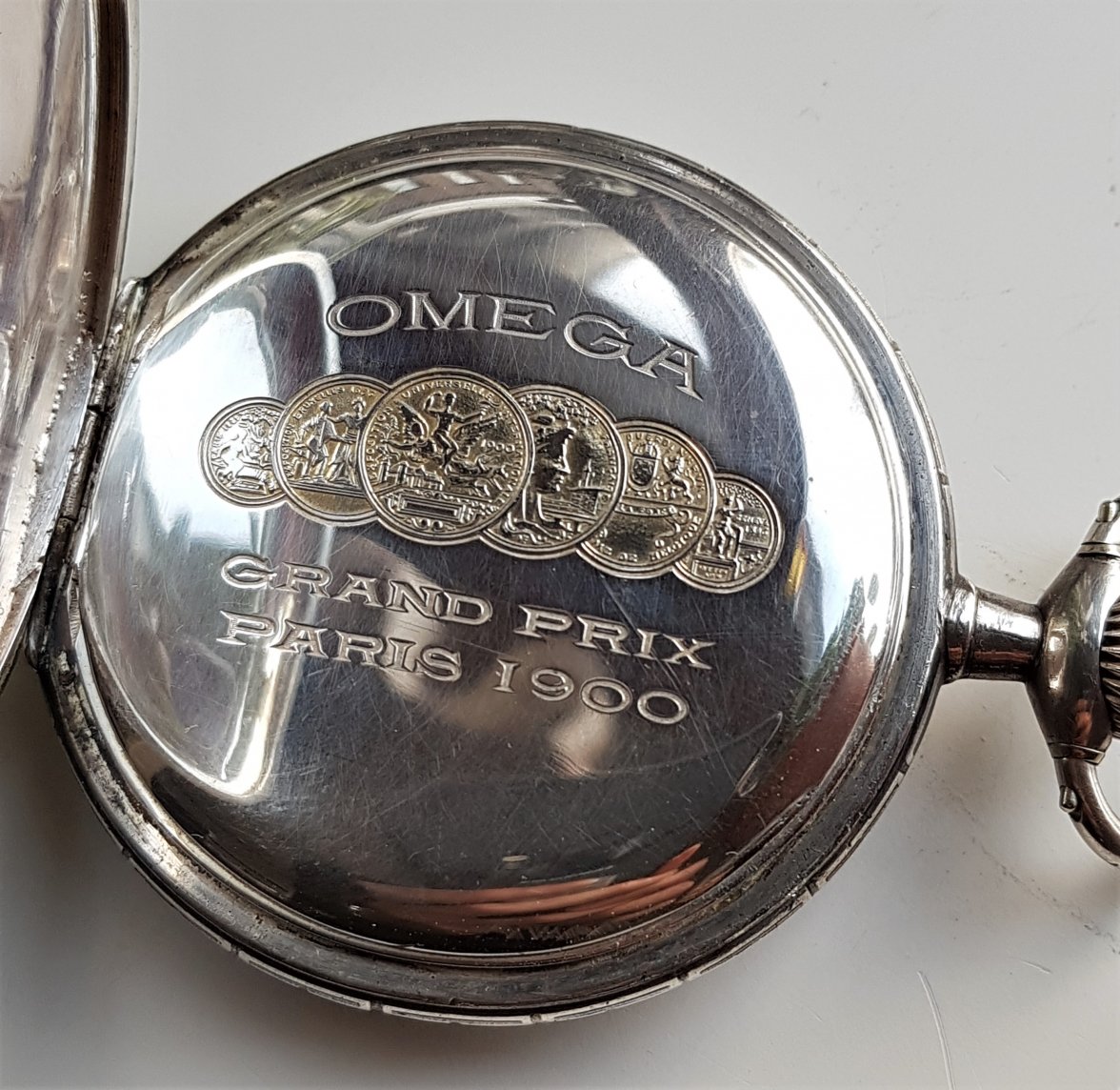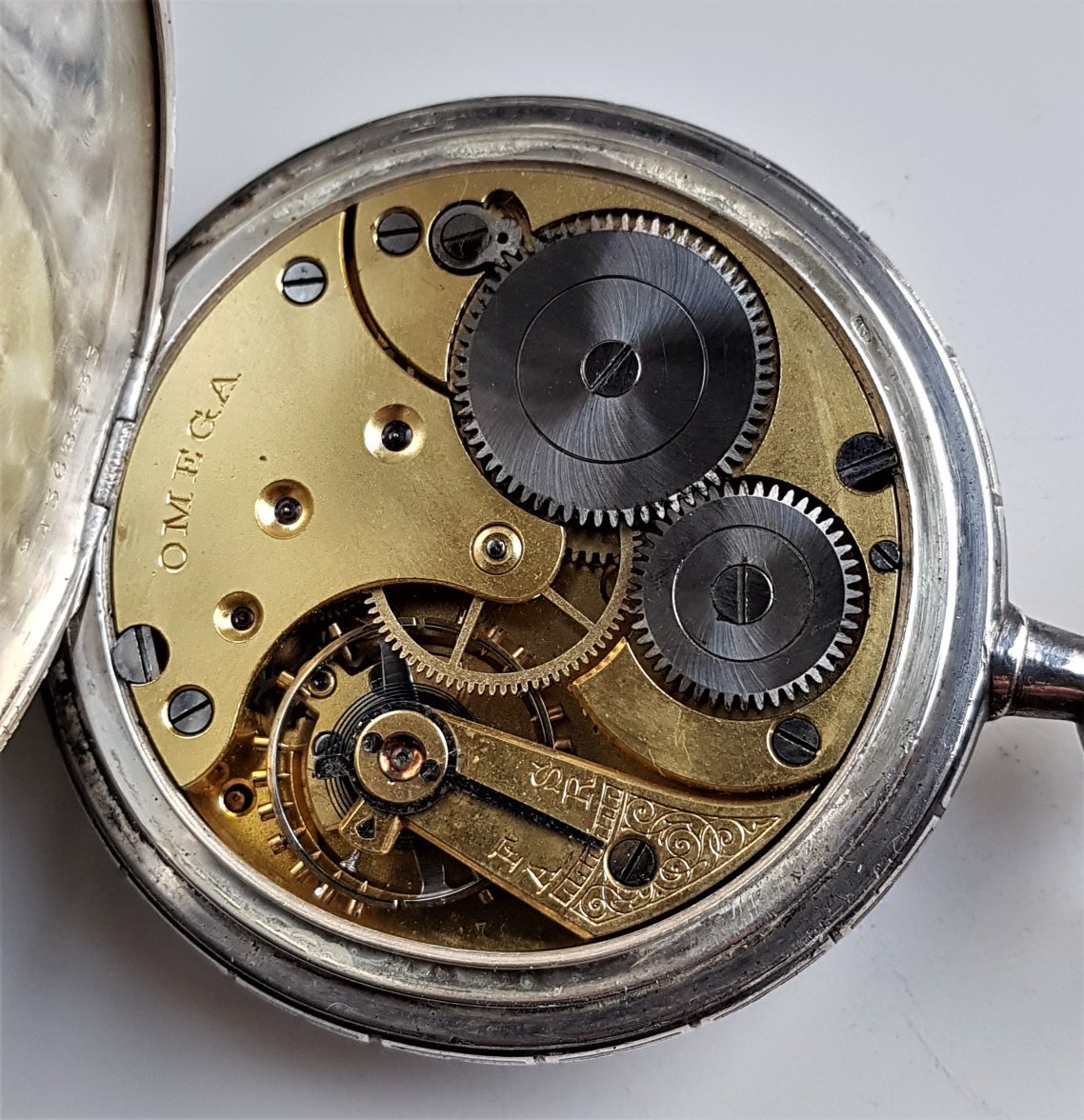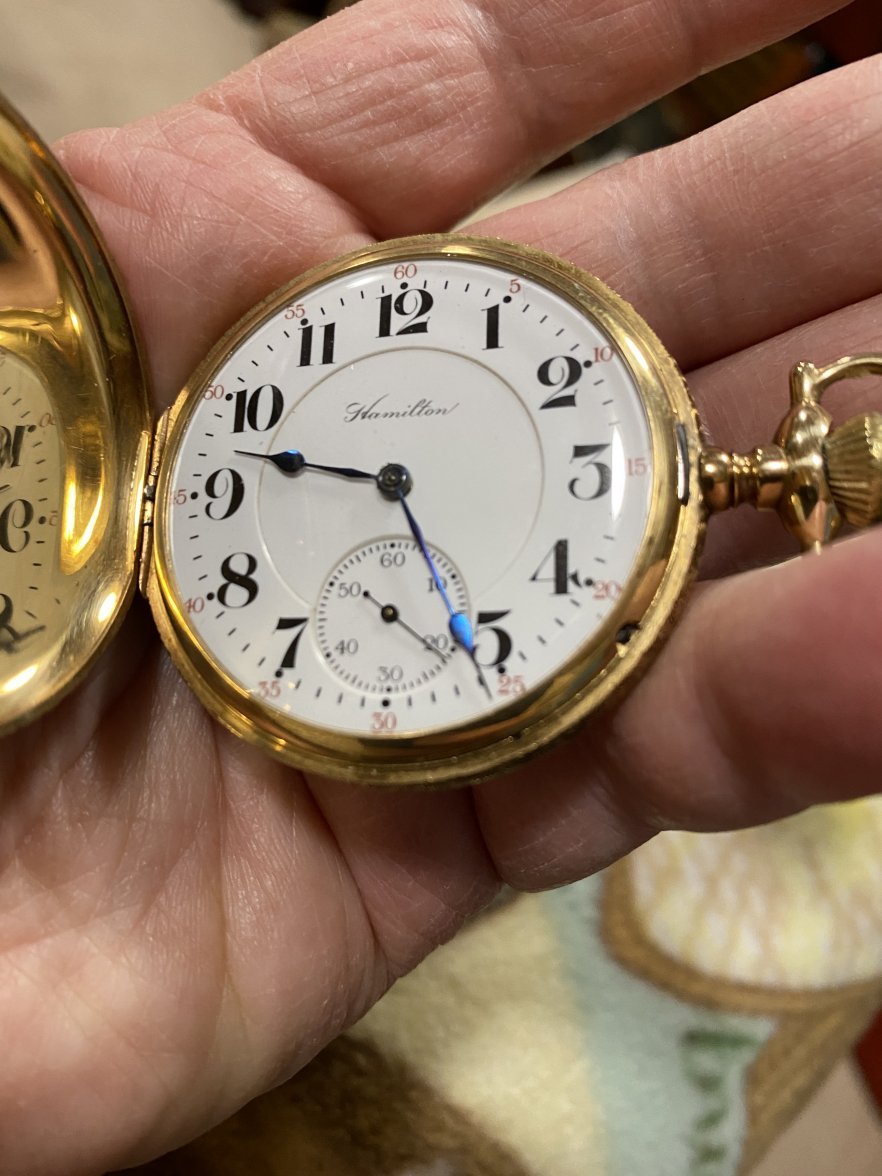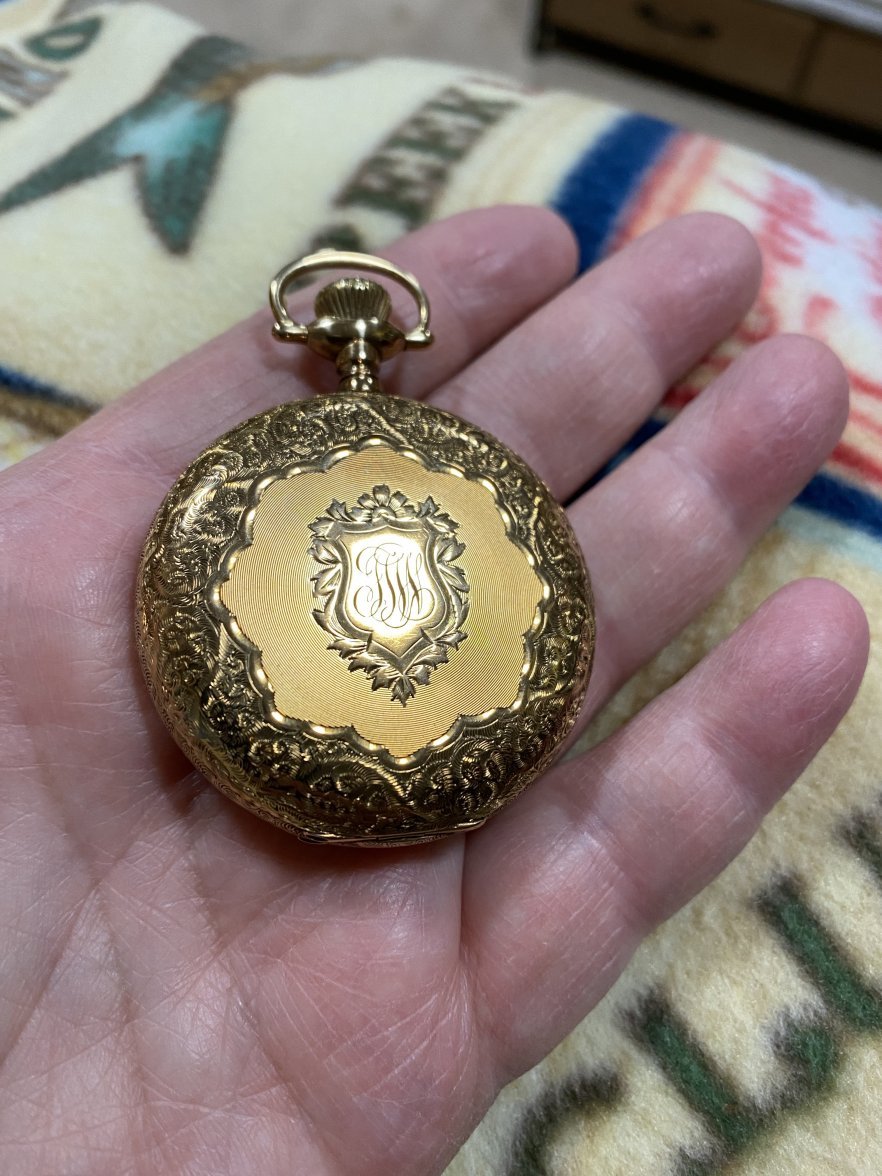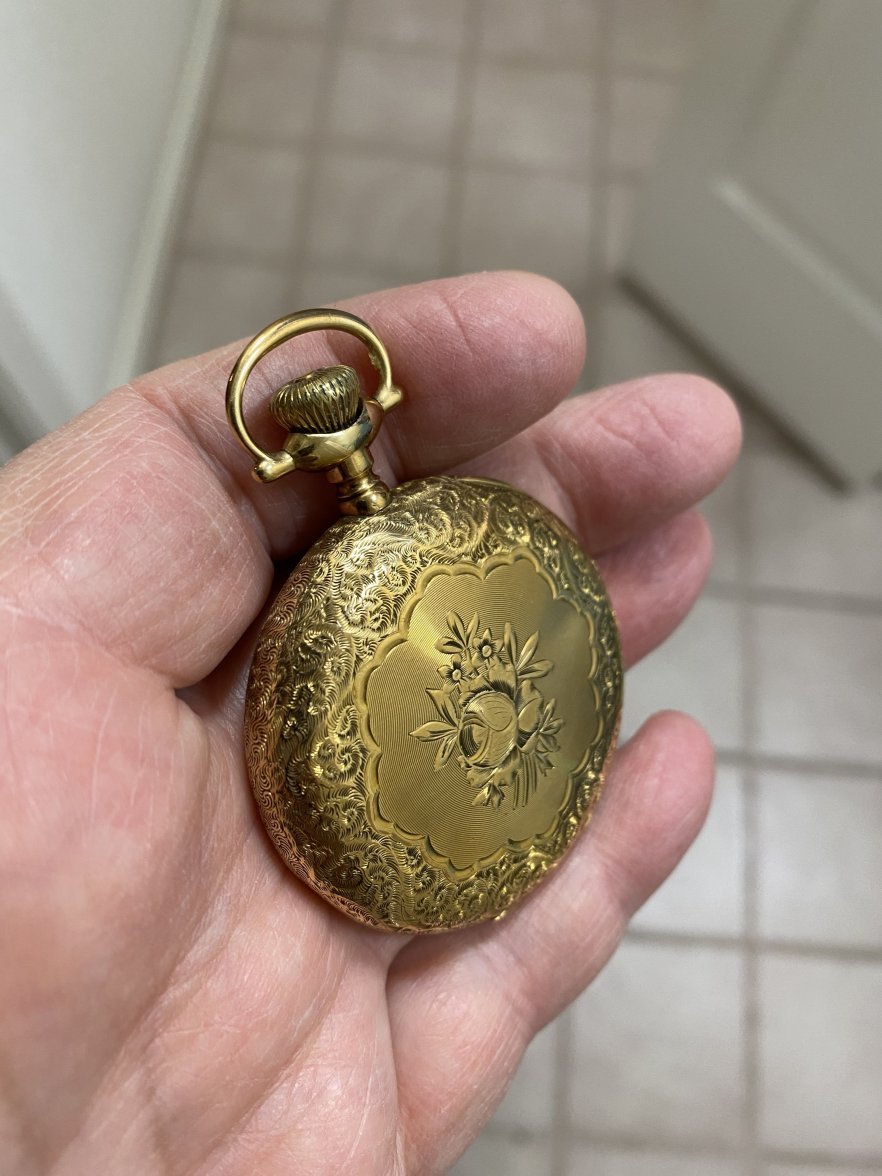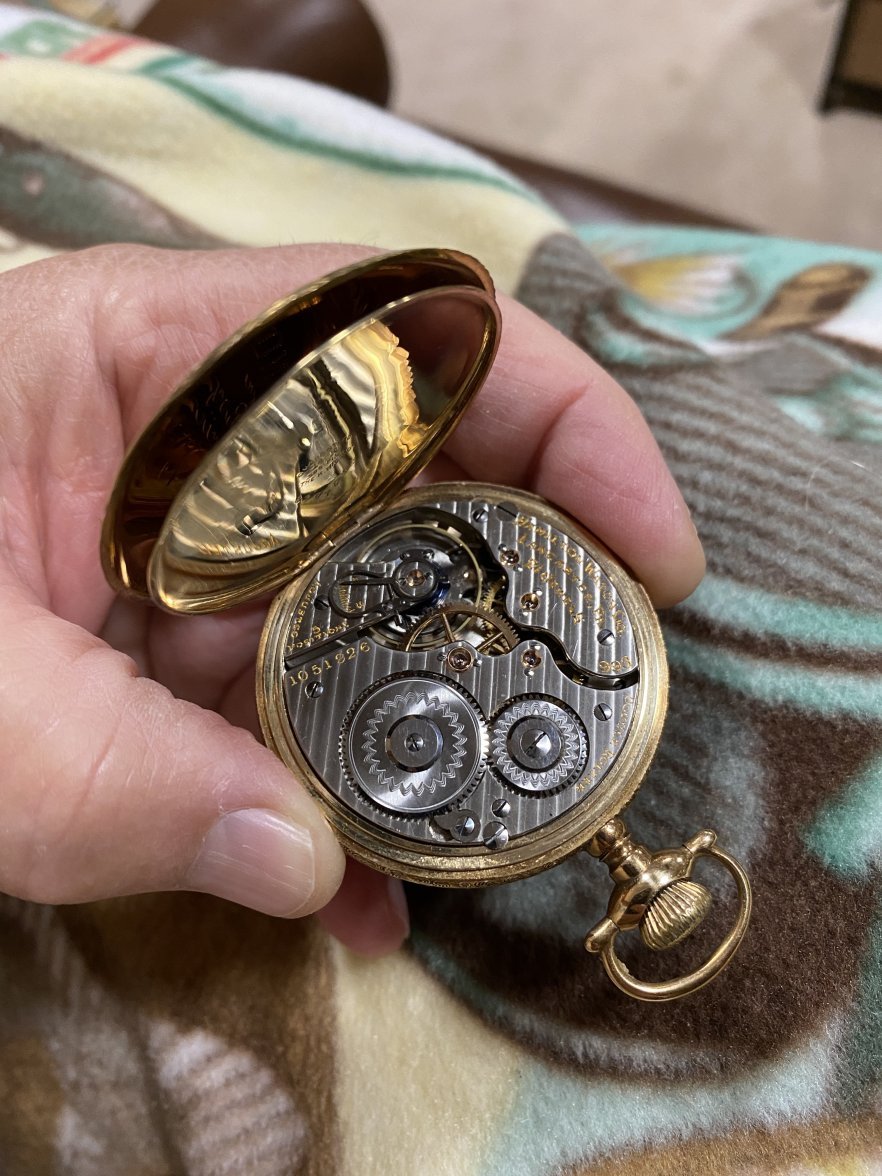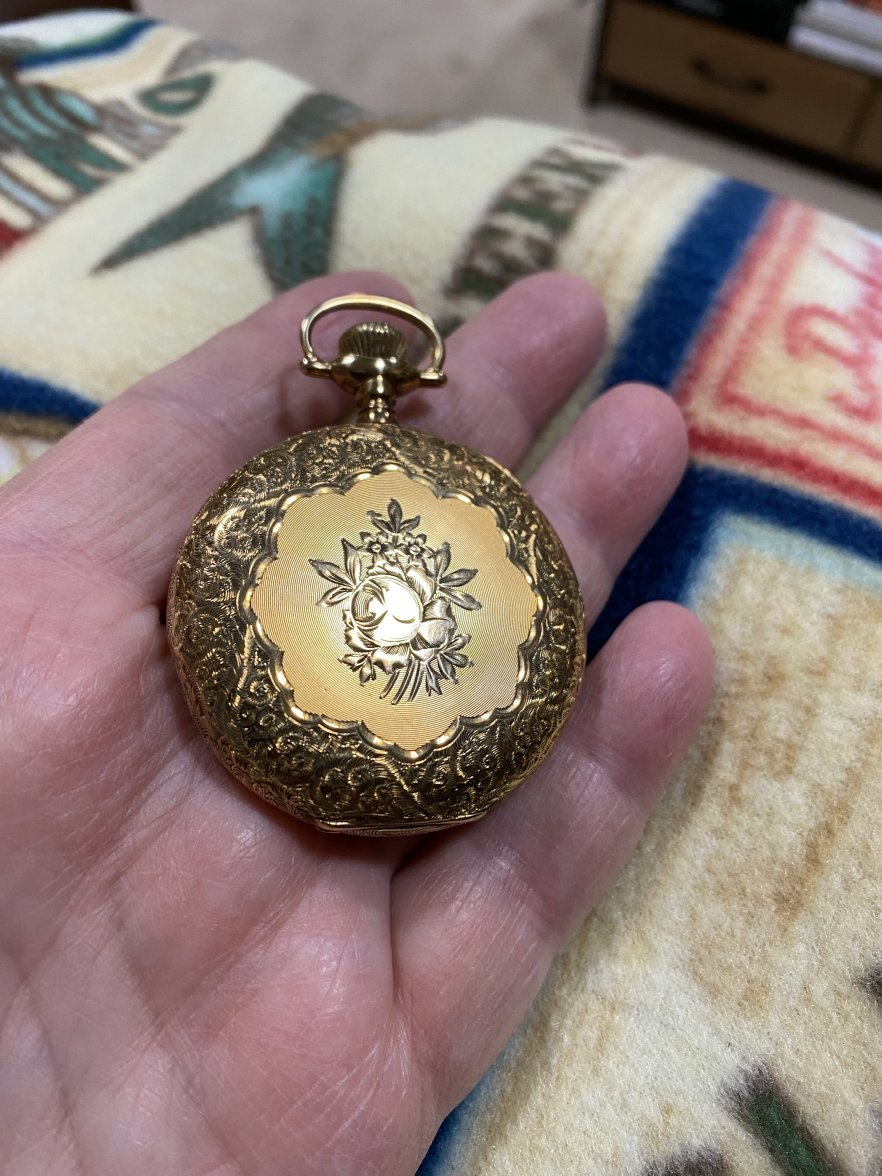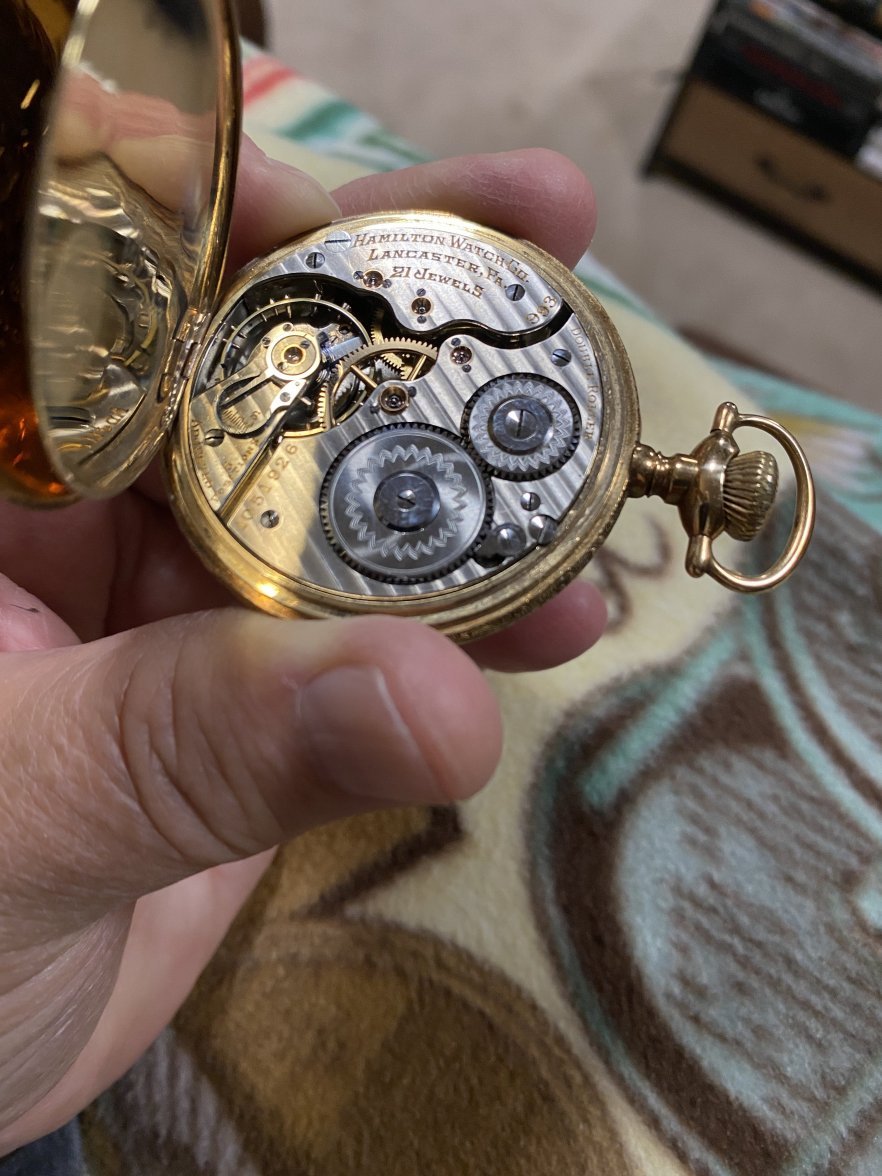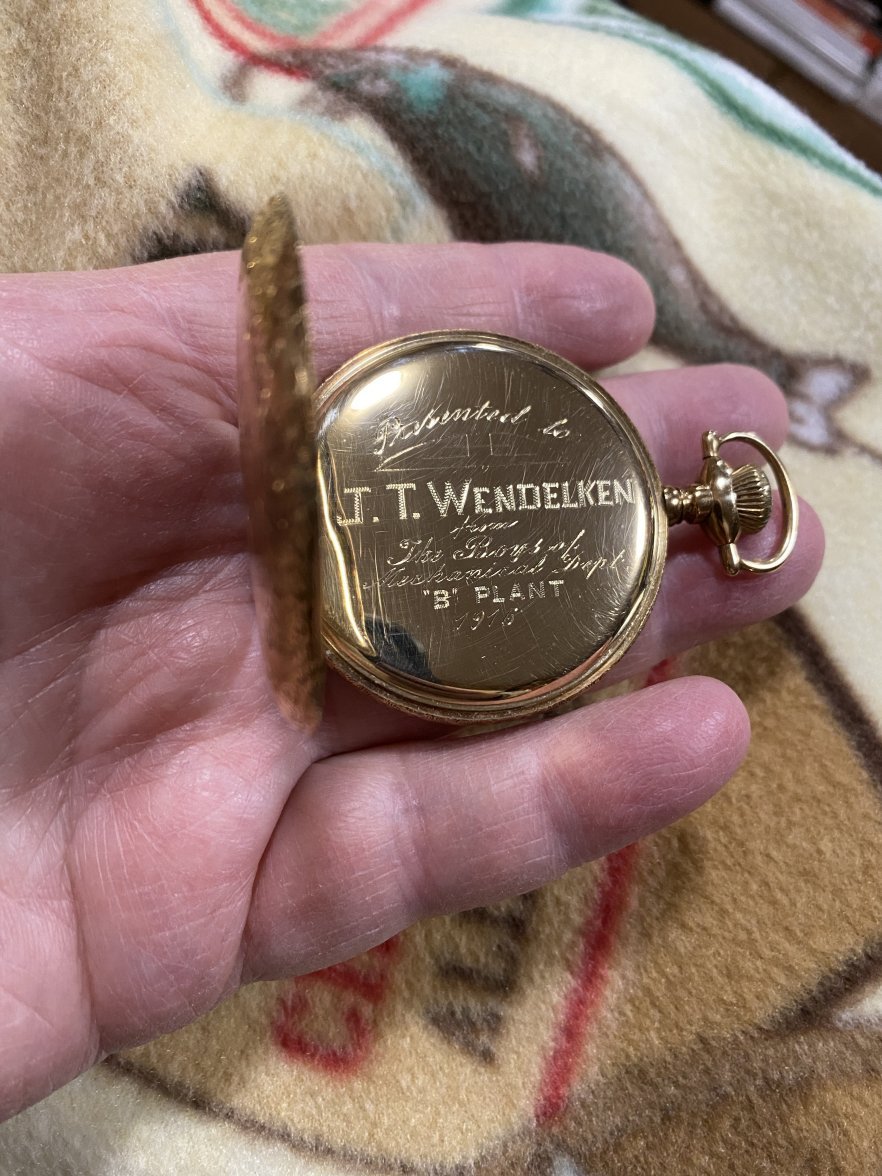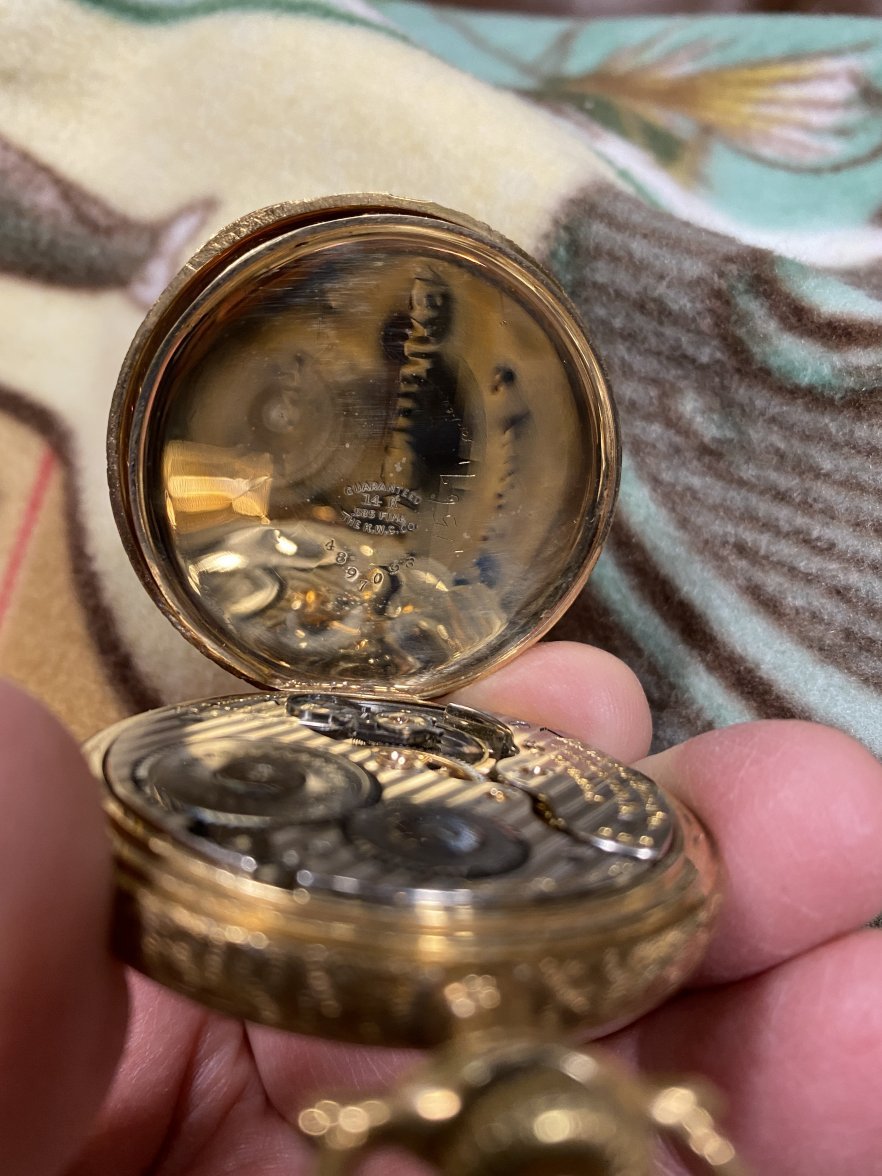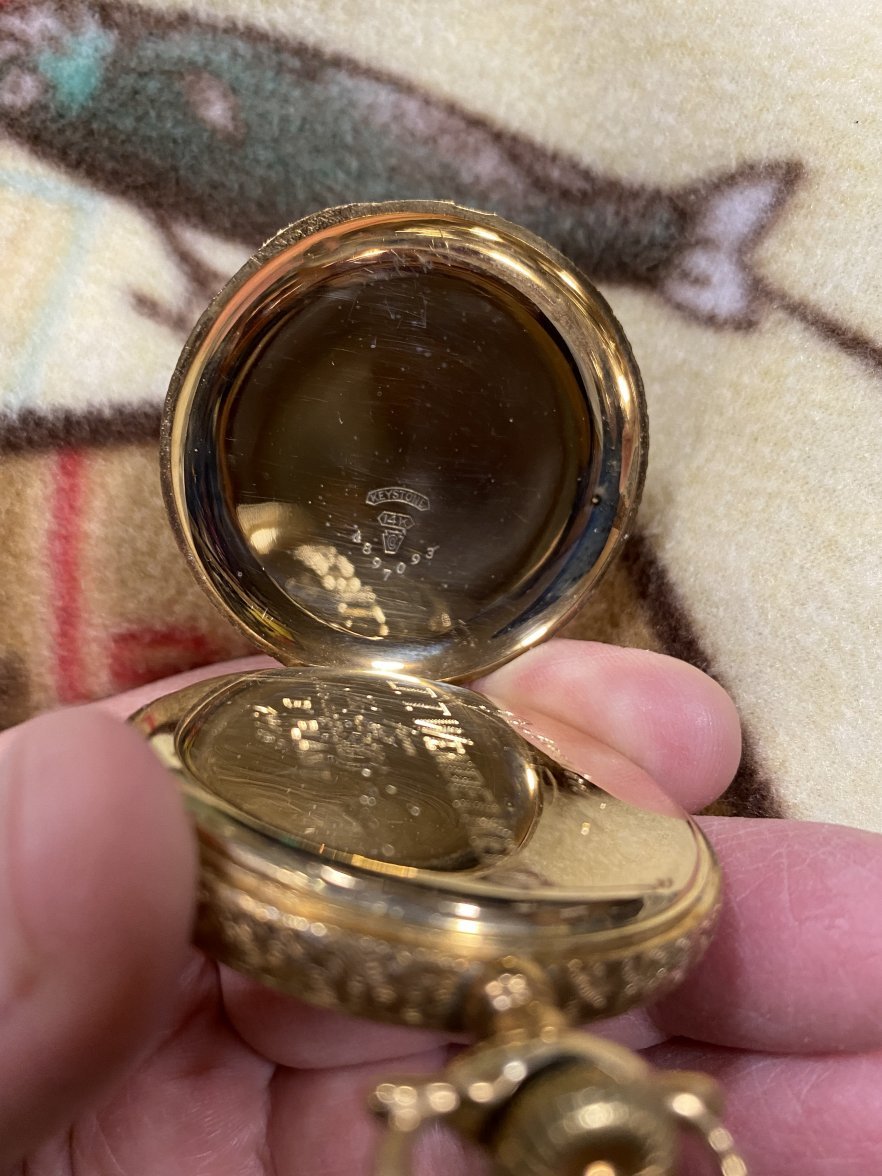Helvetia History
·Here is a new one I have just received.
It is a swing ring with a screw mechanism on the crown to stop it being pulled out when tightened. Movement is probably on early version of the Helvetia Cal 32. I have seen a few of these from Helvetia, the later ones are normally marked, the serial on this one dates it to 1909.
It's very robustly made and obviously designed for heavy use and to stop the ingress of dust and water as much as possible. Omega seem to have made quite a few of this type of watch and they date to around the same time as this one which was also the same time that the Brandts were severing their ties with Helvetia so they possibly came from the same drawing office. Several seem almost identical.
This style of watch also seems more common in the US from what I have seen but it may just be because I have been looking for this type recently and it's skewing my perception. I don't know much about US pocket watches, would anyone with any more info be able to say if this is true or not?
Thanks. Carl.
It is a swing ring with a screw mechanism on the crown to stop it being pulled out when tightened. Movement is probably on early version of the Helvetia Cal 32. I have seen a few of these from Helvetia, the later ones are normally marked, the serial on this one dates it to 1909.
It's very robustly made and obviously designed for heavy use and to stop the ingress of dust and water as much as possible. Omega seem to have made quite a few of this type of watch and they date to around the same time as this one which was also the same time that the Brandts were severing their ties with Helvetia so they possibly came from the same drawing office. Several seem almost identical.
This style of watch also seems more common in the US from what I have seen but it may just be because I have been looking for this type recently and it's skewing my perception. I don't know much about US pocket watches, would anyone with any more info be able to say if this is true or not?
Thanks. Carl.
